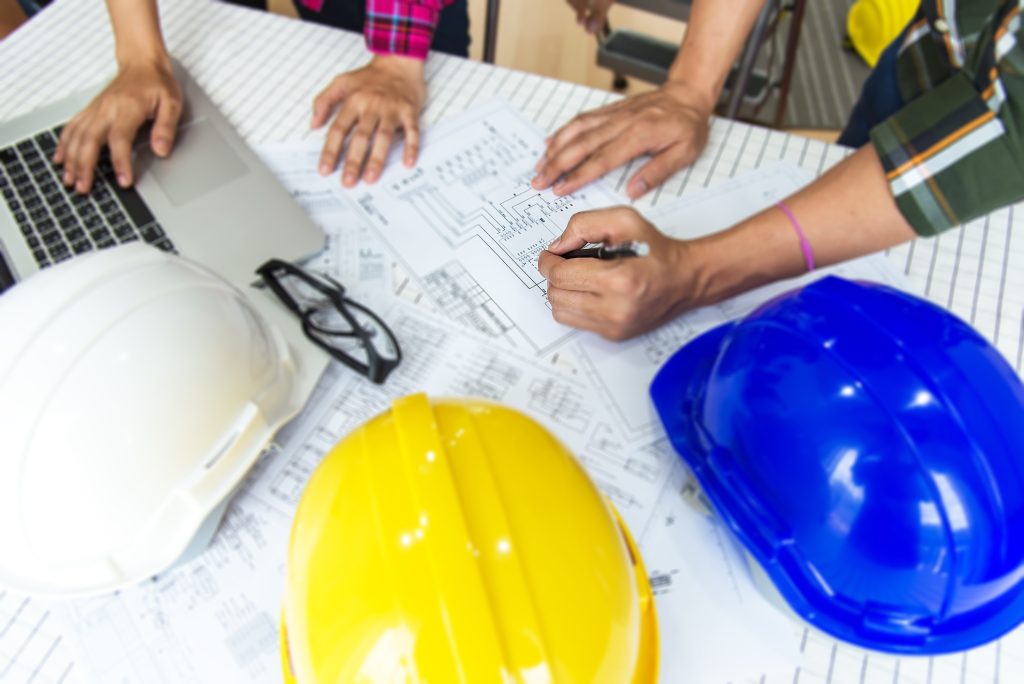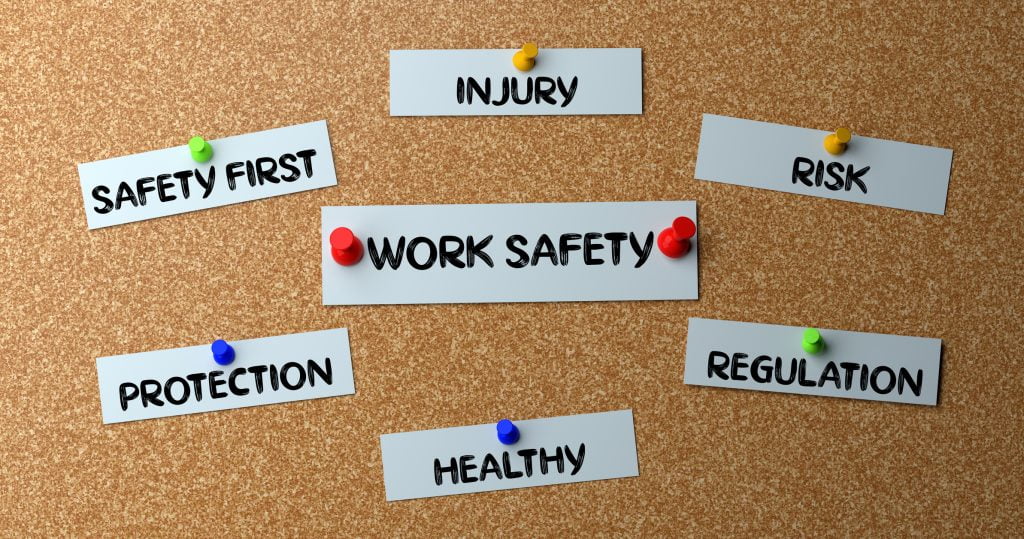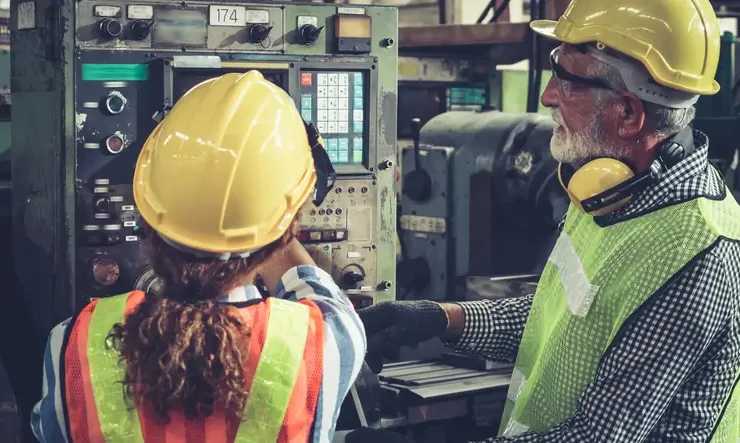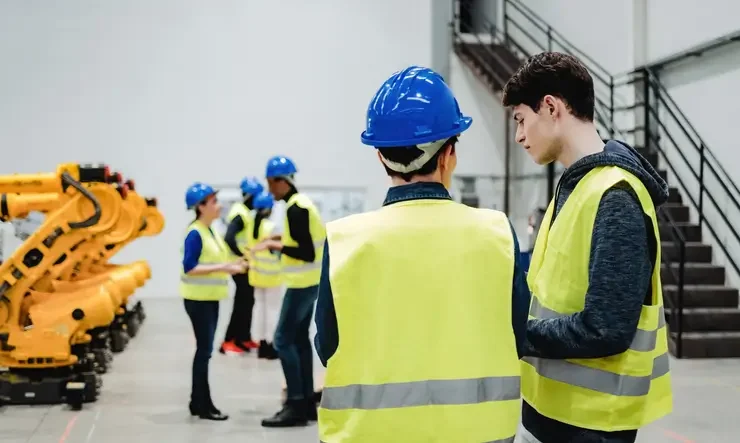A Comprehensive Guide on NY OSHA 10 Requirements
New York City’s bustling construction industry, aligned with its reputation as “the city that never sleeps,” witnesses continuous building activities, posing various risks to workers. In 2020 alone, NYC’s Department of Buildings reported 484 construction-related accidents, leading to 502 injuries and 8 fatalities across the five boroughs. The predominant causes encompass falls, material-related incidents, and electrocutions.
OSHA’s inspections revealed common violations such as inadequate fall protection and hazardous material handling. The state’s safety protocols, under the PESH Bureau, incorporate and sometimes modify Federal OSHA standards, emphasizing worker protection and safety training adherence.
OSHA-10 Courses

Workplace safety training in New York spans various industries, including construction, healthcare, and entertainment. Online OSHA Outreach courses offer official DOL cards, fulfilling Local Law 196 for NYC construction workers. These NY OSHA-10 courses are available in construction and general industry categories, unlocking diverse job prospects and ensuring compliance.
1. OSHA 10-Hour Construction Training
Who should get it? In New York, employers in construction and related sectors mandate OSHA Outreach training to equip workers in hazard recognition and prevention. Obtaining an OSHA 10-Hour Construction card aligns with NYC Site Safety Training (SST) standards under Local Law 196. This certification is essential for new construction workers on sites necessitating an SST Worker card, as regulated by the NYC Department of Buildings.
Training content: The OSHA-10 construction training emphasizes safety, covering health hazards, material handling, tools, worker rights, and Personal Protective Equipment, enhancing workplace safety.
Certifications: After completing the OSHA 10-Hour Construction course, your official OSHA card will be processed and mailed. Meanwhile, download and print your Certificate of Completion for immediate proof of training.
2. OSHA 10-Hour General Industry Training
Who should get it? OSHA 10-Hour General Industry training is essential for New York workers across sectors like healthcare, manufacturing, warehousing, and storage, categorized under general industry by OSHA. Employers often mandate this training to equip employees with skills to recognize and mitigate prevalent workplace hazards.
Training Content: The OSHA 10-Hour General Industry training covers workplace safety, including Slip, Trip, Fall Hazards, ladder safety, Fire Prevention, Electrical Hazards, PPE use, MSD and RMD injury prevention, chemical exposure rights, health issues, spray finishing, combustible liquids, and equipment risks.
Certifications: The OSHA Education Center provides an instant digital Certificate of Completion post-course completion, allowing immediate verification while awaiting mailed OSHA 10 card.
New York OSHA-10 Requirements And Regulations

While federal law does not mandate OSHA Outreach training universally, certain states have implemented specific regulations. Notably, several states, including New York, require such training, particularly for construction workers. The OSHA 10 requirements NY and standards for OSHA 10 courses, NY requirements and regulations are described:
State-Specific Requirements:
States such as Connecticut*, New York*, Massachusetts, Missouri, Nevada*, New Hampshire, and Rhode Island have established OSHA 10-Hour Construction training prerequisites. A crucial note for some states, marked with an asterisk (*), i.e.; Connecticut, New York, and Nevada are subject to the obligatory five-year training renewal.
Training Format and Proctoring:
For those undertaking training outside New York City, proctoring is not mandatory. However, since October 16, 2017, the city only accepts in-person or actively proctored online training. This stipulates that online trainees must have a computer with a microphone, as the course involves voice verification through specific phrases.
Alignment with Federal OSHA Standards:
States must ensure safety standards equivalent to or more stringent than Federal OSHA guidelines. In New York, the PESH Program has adopted all Federal OSHA standards, with specific exceptions like the Recordkeeping Rule 29 CFR 1904. New York employs an alternative recordkeeping approach, as endorsed under Section 801 and Administrative Instructions 901.
Authority and Development of State Standards:
The New York Plan empowers the Commissioner to formulate state-initiated safety standards in consultation with the Hazard Abatement Board. The process includes soliciting expert technical advice and facilitating public participation in hearings for standard development or modification since October 1, 2007.
OSHA New York Training Requirements:
While OSHA New York does not universally mandate Outreach training, specific employers or jurisdictions may necessitate it. The state plan results in dual enforcement agencies, but training requirements remain largely consistent. Public employees must comply with both PESH-specific regulations, such as Workplace Violence Prevention, and federal OSHA standards.
Local Law 196: New York City Safety Training Requirements:
For construction workers in New York City working on designated job sites requiring a Site Safety Plan, compliance with Local Law 196 is mandatory. As of December 1, 2019, non-supervisory workers need either a Limited Site Safety Training (SST) card or an OSHA 30 card, with additional requirements post-September 1, 2020. Supervisors necessitate 62 hours of training, and renewal is obligatory every five years.
New York State Labor Law § 220-H:
Outside New York City, New York State Labor Law § 220-H applies, stipulating that workers on public contracts exceeding $250,000 must possess a valid OSHA 10 card. Compliance with Local Law 196 suffices for this requirement, given its alignment with the 10-hour OSHA training. Although state law does not mandate renewal, the five-year renewal criterion applies within New York City.
Benefits Of OSHA New York Training For Workers

OSHA-10 New York training offers invaluable benefits for both workers and employers, emphasizing the significance of workplace safety and regulatory compliance. For employees, this training fosters heightened awareness of workplace hazards, substantially reducing the risk of accidents, injuries, and fatalities. Beyond safeguarding employees, employers reap multifaceted advantages.
Firstly, investing in OSHA training mitigates the risk of noncompliance penalties during OSHA inspections, averting potential civil penalties that could amount to significant financial burdens. Moreover, adherence to safety protocols through comprehensive training minimizes workers’ compensation costs, preserving financial resources and organizational integrity.
Additionally, a well-trained workforce enhances workplace productivity, directly influencing the company’s financial performance and fostering a culture of safety and responsibility. By prioritizing OSHA-10 New York training, employers not only uphold regulatory standards but also cultivate a secure, efficient, and financially viable work environment, underscoring the indispensable value of proactive safety initiatives.
Summing Up!
OSHA’s influence in New York ensures workplace safety through stringent regulations and comprehensive training programs. Managed by PESH Bureau, New York’s OSHA-approved State Plan addresses specific state and local government needs while aligning with Federal OSHA Standards. The state’s commitment to safety is evident in its proactive approach to training, with OSHA 10-hour courses tailored for construction and general industry workers.
These courses not only equip individuals with essential skills but also ensure compliance with local laws, such as Local Law 196 in New York City. Moreover, the benefits of OSHA-10 training extend beyond mere compliance; they encompass enhanced workplace safety, reduced financial liabilities, and improved organizational performance.





